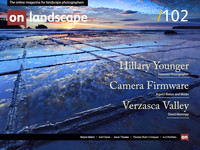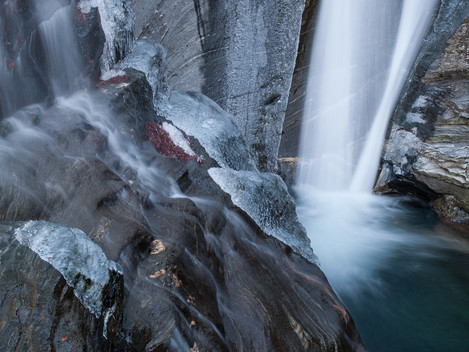Photographer's Paradise
The geography of Switzerland is dominated by the East-West high alpine ridges that split the country into Northern and Southern parts. The Northern part is where the major cities and industrial centres are located. The Alps themselves are the home of spectacular highlights like the Eiger, the Matterhorn, or the Aletsch Glacier. But the Southern side is a little less well known, and has a quite distinct character.
South of the Rhone Valley and the Gotthard massif lies the Italian-speaking Canton of Ticino. And while Ticino certainly has it’s fair share of tall peaks, the highlights, geographically speaking, are to be found in and around a series of glacial valleys descending from the high snowfields, with tumbling rivers feeding into the Maggiore Lake. Any one of these valleys, including the Maggia, Calanca, and the Centovalli, would keep most landscape photographers busy for years, but the jewel in the crown, and the subject of this article, is the Valle Verzasca, through which the river of the same name runs.
The Verzasca valley is around 25km long, stretching due south down from the village of Sonogno, through an endless sequence of cascades, rapids and gullies until it reaches the artificial Lake Vogorno. This is created by a spectacular dam, the Diga di Contra, which was the scene for the opening sequence of the James Bond film Goldeneye, and today is famous for its terrifying bungee jump. Having passed the dam, the river threads its way in a more leisurely fashion before emptying into Lake Maggiore, a few km away from the city of Locarno.



